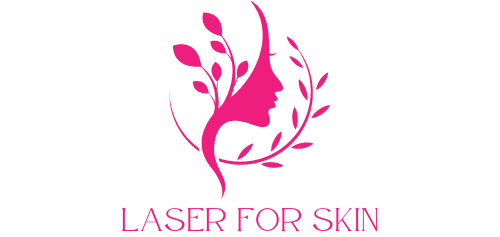Introduction: Keratosis pilaris (KP), commonly known as “chicken skin,” is a benign skin condition characterized by small, rough bumps on the skin’s surface, typically found on the arms, thighs, buttocks, and sometimes the face. While KP is not harmful, it can be cosmetically bothersome, leading many individuals to seek solutions for smoother, clearer skin. Laser treatment has emerged as a promising option for managing KP, offering effective results in reducing the appearance of bumps and improving skin texture. Let’s explore how laser treatment can help individuals reclaim smooth skin and confidence in their appearance.
- Understanding Keratosis Pilaris:
- Keratosis pilaris occurs when keratin, a protein found in the skin, builds up and plugs hair follicles, leading to the formation of small, rough bumps.
- KP is commonly associated with dry skin, genetic predisposition, and conditions such as eczema or ichthyosis, with symptoms often worsening in colder, drier climates.
- How Laser Therapy Works:
- Laser treatment for keratosis pilaris targets the accumulated keratin plugs and inflammation within the hair follicles, promoting their clearance and smoothing the skin’s surface.
- Specific wavelengths of light are used to penetrate the skin and target the affected follicles, while sparing surrounding tissue from damage.
- Laser therapy stimulates collagen production and skin renewal, promoting smoother, healthier skin over time.
- Types of Laser Therapy:
- Fractional Laser Therapy: Fractional lasers create microthermal zones in the skin, promoting collagen remodeling and the gradual improvement of KP bumps. This type of laser therapy is effective for treating both mild and moderate cases of KP.
- Pulsed Dye Laser (PDL): PDL targets blood vessels and inflammation associated with KP, reducing redness and promoting a smoother skin texture. This type of laser therapy is particularly useful for individuals with KP-associated erythema (redness).
- Nd:YAG Laser: Nd:YAG lasers can penetrate deeper layers of the skin, targeting stubborn keratin plugs and promoting their clearance. This type of laser therapy is effective for treating more severe or resistant cases of KP.
- The Treatment Process:
- Before laser treatment, patients undergo a thorough consultation and skin assessment to determine the most appropriate laser modality and treatment plan.
- During the procedure, the laser device is applied to the skin, delivering pulses of light energy to targeted areas.
- Patients may experience mild discomfort during the treatment, but topical anesthetics and cooling devices are often used to minimize pain and ensure patient comfort.
- Post-Treatment Care and Results:
- Following laser treatment, patients may experience temporary redness, swelling, or mild irritation, which typically subsides within a few days.
- Multiple treatment sessions may be needed to achieve optimal results, with gradual improvement in KP bumps and skin texture observed over time.
- With proper post-treatment care and maintenance, including moisturization and gentle exfoliation, patients can enjoy long-lasting improvements in KP and smoother, more comfortable skin.
Conclusion: Laser therapy offers a promising solution for managing keratosis pilaris and reclaiming smooth, clear skin. By targeting the underlying causes of KP and promoting skin renewal, laser treatments effectively reduce the appearance of bumps and improve skin texture, leading to improved confidence and quality of life for individuals affected by this common skin condition. Whether dealing with mild, moderate, or severe KP, laser therapy offers hope for individuals seeking relief and a path to smoother, healthier skin.



